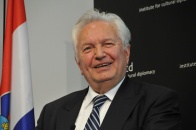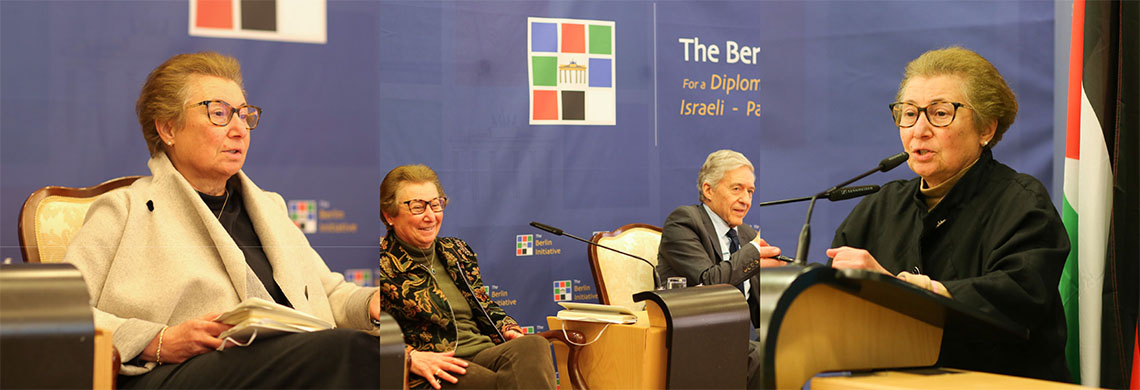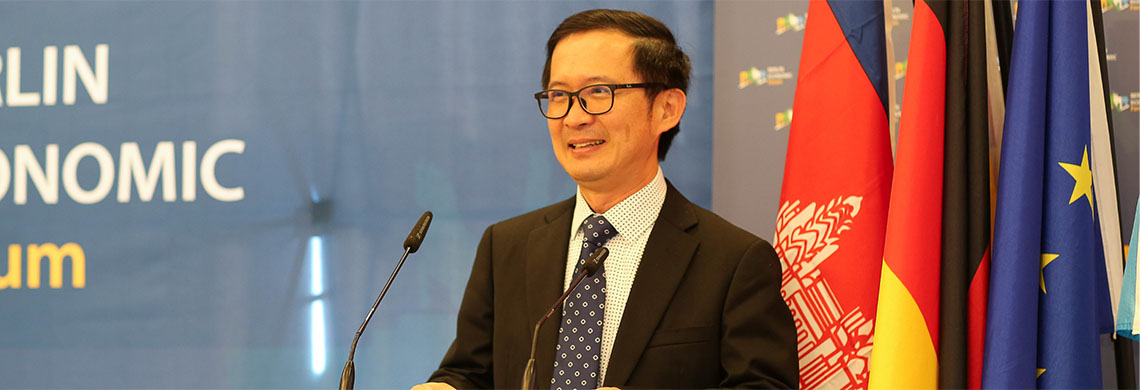On Cultural Diplomacy: a brief statement on the cultural diplomacy in the contemporary world
By Dr. Zvonimir Paul Separovic (Former minister of foreign affairs and minister of justice, Republic of Croatia – ICD Advisory Board Member)

Cultural diplomacy means, in the first place, efforts to promote global peace and stability through strengthening and supporting intercultural relations, to facilitate interaction between individuals of all cultural, academic and professional backgrounds from across the world. We are living in increasingly globalized world. Global Scenario Group (GSG) is speaking of Planetary Phase of Civilization, as a result of a growing interdependence between nations. That is why constructive interaction is a fundamental requirement for global peace and stability.
As we know globalization and interdependence has brought benefits and opportunities for many people in many parts of the world. However many others have been excluded from its positive impact. Extreme poverty remains a daily reality for more than one billion people who subsist on less than $1 a day. The growing schism between the „haves“ and „have-nots“ poses a major threat to democracies around the world, and will breed further violence and terror if the trend is not reversed.
Use of Force: Cultural diplomacy carries a set of prescriptions which are material to its effectual practice; these prescriptions include the unequivocal recognition and understanding of foreign cultural dynamics and observance of the tenets that govern basic dialogue, the exchange of ideas, information, art, lifestyles, value systems, traditions, beliefs and other aspects of cultures. Opposite to it is diplomacy which is negotiating peace, but, it also does not exclude a use of force. Use of force is, as a rule, not acceptable if there are other ways to solve an international problem, or conflict. It is a philosophy of the UN that the use of force must be a last resort ('ultima ratio societatis'). We should promote peace, tolerance, disarmament. People from all countries should become more integrated and aware of common interests and shared humanity. For the peace among peoples.
Structures of Peace is a new conceptual framework for understanding and describing the factors that create a peaceful society. The Global Peace Index describes the 'optimum' environment for peace to flourish. The Structure of Peace consist of the following elements: 1. Well-functioning government, 2. Sound business environment,3. Equitable distribution of resources, 4. Acceptance of the rights of the others, 5. Good relations with neighbours, 6. Free flow of information, 7. High levels of education, 8. Low levels of corruption, and others.
The Rule of International Law: The UN Charter extends the right of self-determination to all peoples. The International Covenants on human rights (1966) establishes that „the principle of the right to self-determination serves to safeguard human rights “The territorial integrity of States, this great principle of peace, indispensable to international stability, which as noted by the International Court of Justice was invented in Latin America to deal with the problems of decolonization, and the further applied in Africa has today acquired the character of a universal and peremptory norm. States are prohibited from acquiring a territory by force. There is fundamental importance attached to the principle of respect from frontiers existing at the moment of independence (uti posidetis juris)

























































































